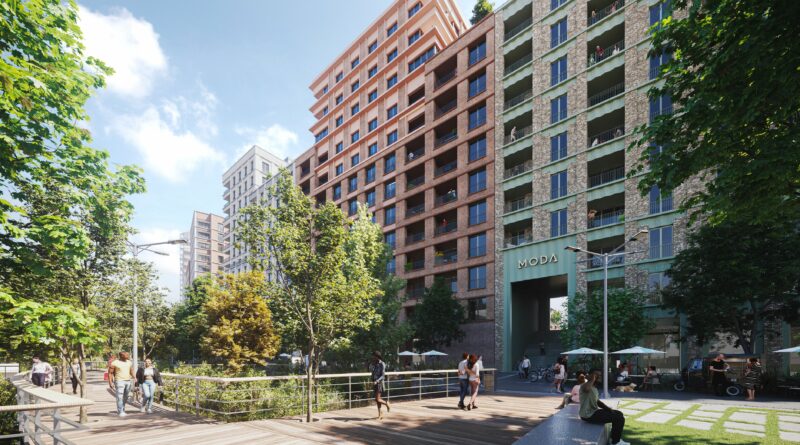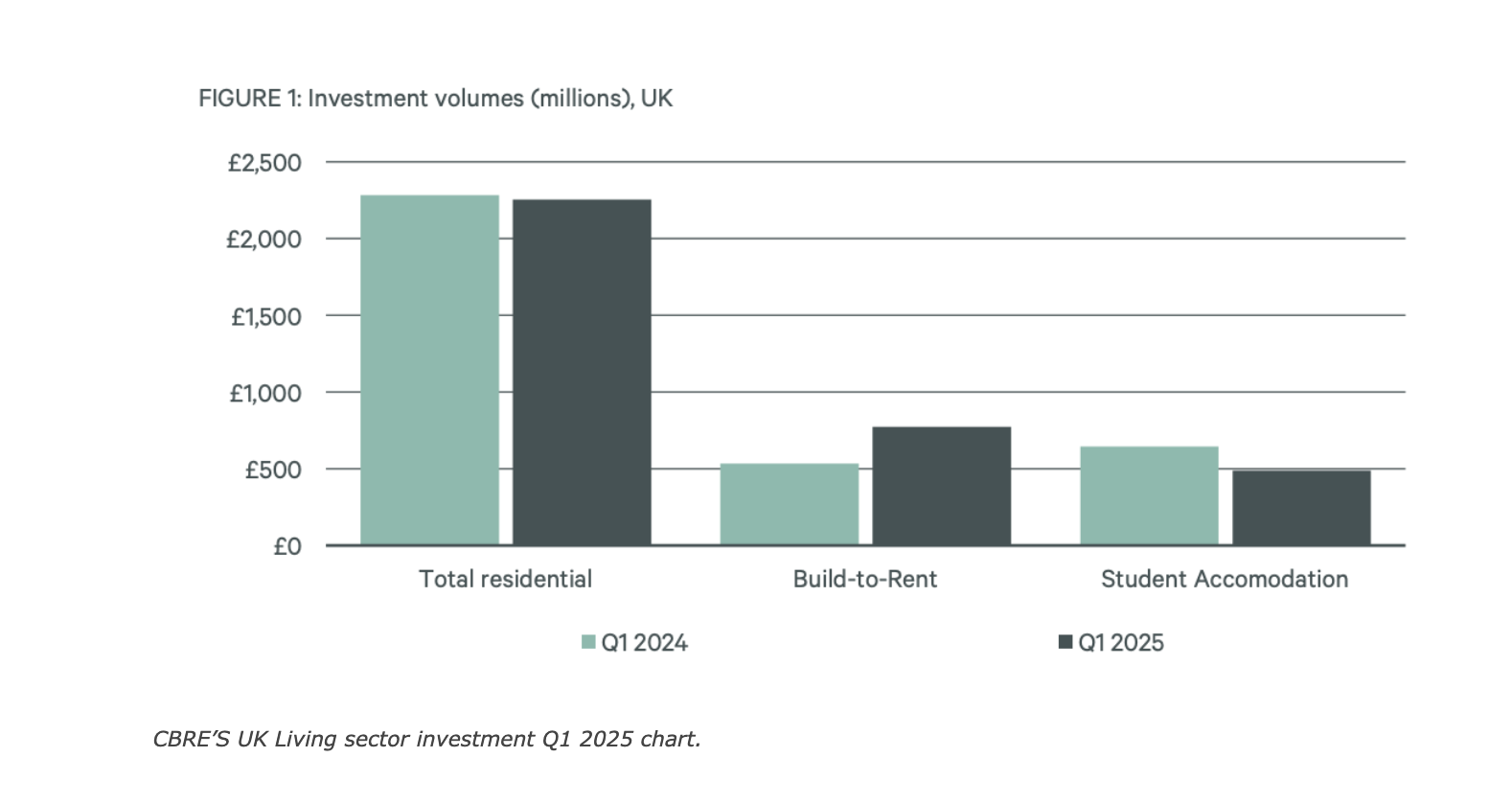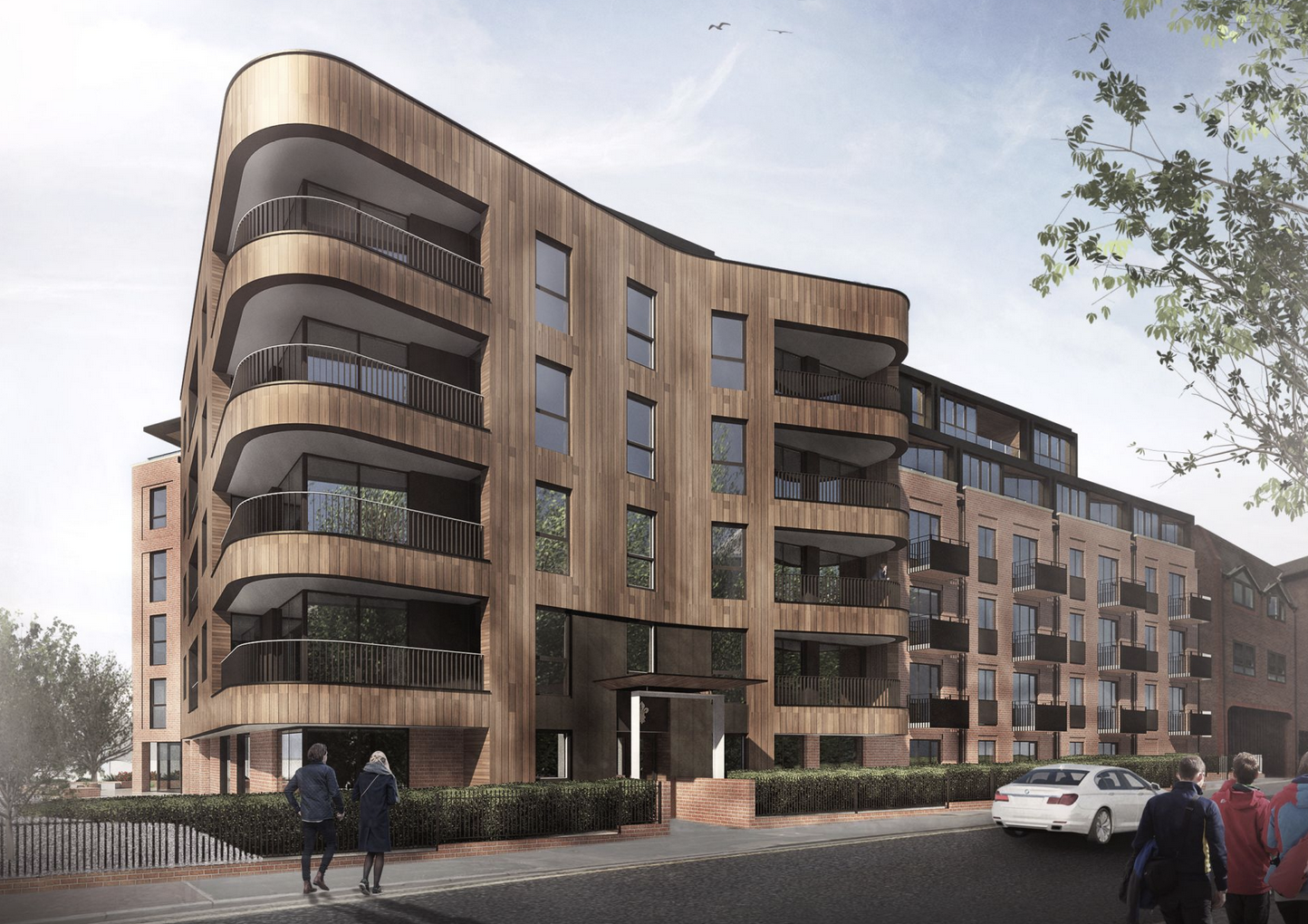UK: A new report from JLL says the UK over-65 population will reach 13.6 million by 2025, requiring an additional 75,000 later living homes and 30,000 care home beds.
This additional supply is needed to maintain the same level of provision to the growing over-65s age group, and will require around £30 billion in investment, as well as a further £25 billion annual bill to fund the care industry.
Over the next four years, growth in the over 65s age group will contribute 93 per cent of the total population growth. In contrast, over the last four years, just seven per cent of new homes were specialist later living homes for older people.
In 2025, the youngest Baby Boomers will enter retirement age, facing a later living housing and care market in crisis. The oldest of this age group, who may require greater levels of care and support, will be affected by a shrinking care home market, which is increasingly being replaced by Integrated Retirement Communities (IRCs).
Currently the private sector provides the bulk of new homes, with retirees paying on average £550k for housing and care.
The Baby Boomers approaching retirement are in the wealthiest age group, typically demanding a higher-end product. But, changing demographics and rising costs mean there is a large opportunity for mid-market products, for future generations which could rise to make up half of the market by 2050.
Simon Hodson, head of UK healthcare at JLL said: “The numbers show the true scale of the need for housing for older people and are a call to action to the government and the industry. Failure to act now will see older people risking loneliness in homes that may need retrofitting and could become dangerous if not maintained. We see great potential for the small, but growing group of Integrated Retirement Communities. This enormous demand is an opportunity for the industry to grow and evolve.”
Emma Rosser, research associate at JLL, said: “The challenge for the industry will be to diversify while also scaling. With current consumer costs exceeding average wealth, there will be a need for more affordable housing options and different tenures across the country. By 2050, when one in four people will be over 65s, the mid market has the potential to grow to half the sector. While an overhaul of the restrictions may be required, the best solutions will also be nuanced and call on a range of providers and specialities.”
























